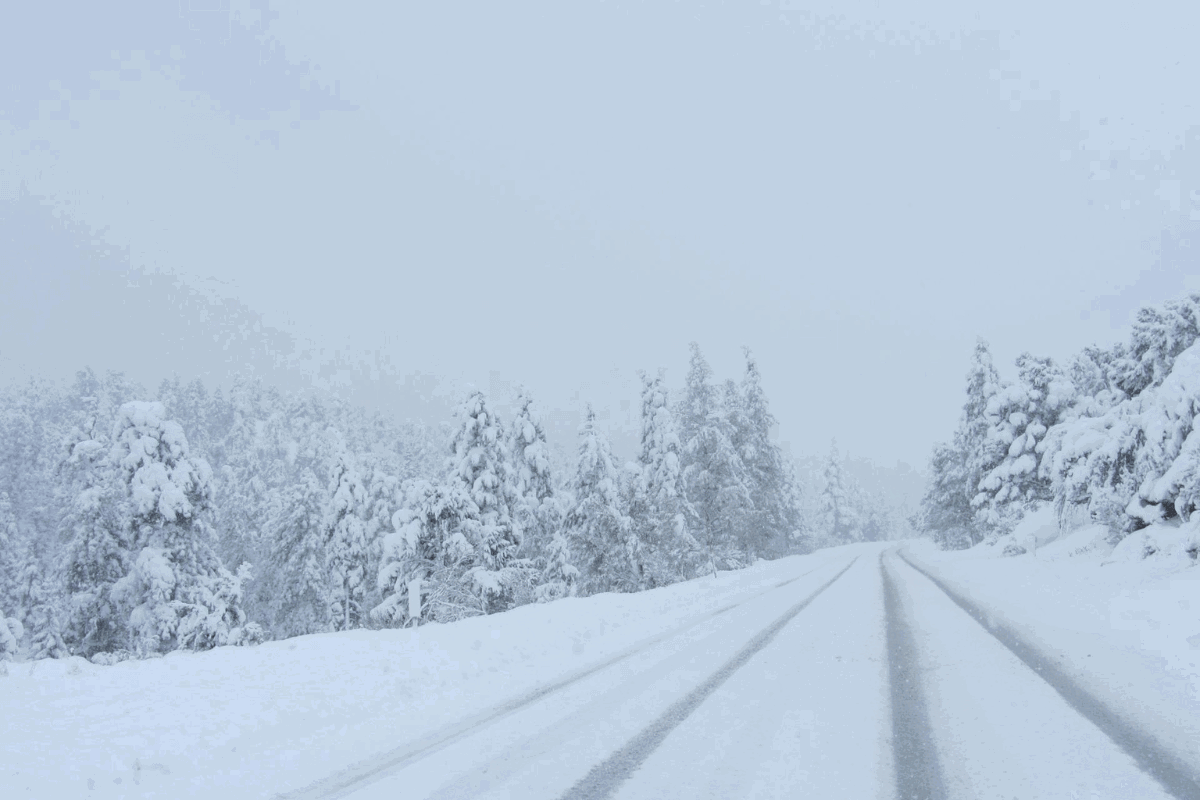Choosing a palette of plants that will sustain pollinators throughout the growing season is a great start. However, the way you plant and care for your selections can provide additional advantages for the pollinators you’re seeking to attract. Here are some ways to make the lower layers of your garden even more beneficial.
Find the best ground covers for attracting pollinators to your garden.Layering wildlife-friendly plants adds ecological value, seasonal beauty, and charm to any space, large or small. Incorporating a strategic array of ground covers is a great way to maximize the wildlife benefits your garden offers. |
Avoid double flowers
The extra petals in double flowers usually arise from tissue that would have been nectaries or reproductive structures in the straight species, so these show-offs offer very little in the way of pollen or nectar. Most double flowers are also sterile and produce no seeds.
|
|
|
Plant densely
Grouping pollinator-friendly plants together will help your winged friends find and gather food more efficiently. Whether you are planting multiples of a single species or a variety of different cultivars, try putting them together in one area rather than scattering them throughout the garden.
Leave your ground covers alone
Most native bees build their nests in the ground and depend on undisturbed spaces to make their homes. Ground covers can protect areas of your garden from disturbance, creating valuable habitat options for bees.
Be pesticide-free
Chemicals that kill harmful insects also kill the beneficial creatures you are trying to attract. But if you draw a diverse community of insects to your pesticide-free garden, the helpful ones will assist with controlling
the pests.
Provide a water source
Many native pollinators have small home ranges. Not only do they need food and shelter, but they also need water. A small water feature, even just a bowl of clean water placed in the garden, will do the trick.
Don’t be too tidy
Allow some of the natural debris from trees and shrubs to infiltrate your ground covers, where it will biodegrade and create stable and diverse habitats. Rhizomatous and suckering ground covers are particularly good at receiving and incorporating organic material.
Be lazy in fall and winter
The stems and leaves of garden plants and fallen debris are often ideal places for insects to hibernate and lay their eggs, so resist the urge to do a big fall cleanup. Instead, neaten things up after spring temperatures reach about 50°F and most insects have emerged for the new season.
Gary Lewis is the owner of Phoenix Perennials, a retail and mail-order nursery in Vancouver, British Columbia, and the author of The Complete Book of Ground Covers: 4000 Plants That Reduce Maintenance, Control Erosion, and Beautify the Landscape.







